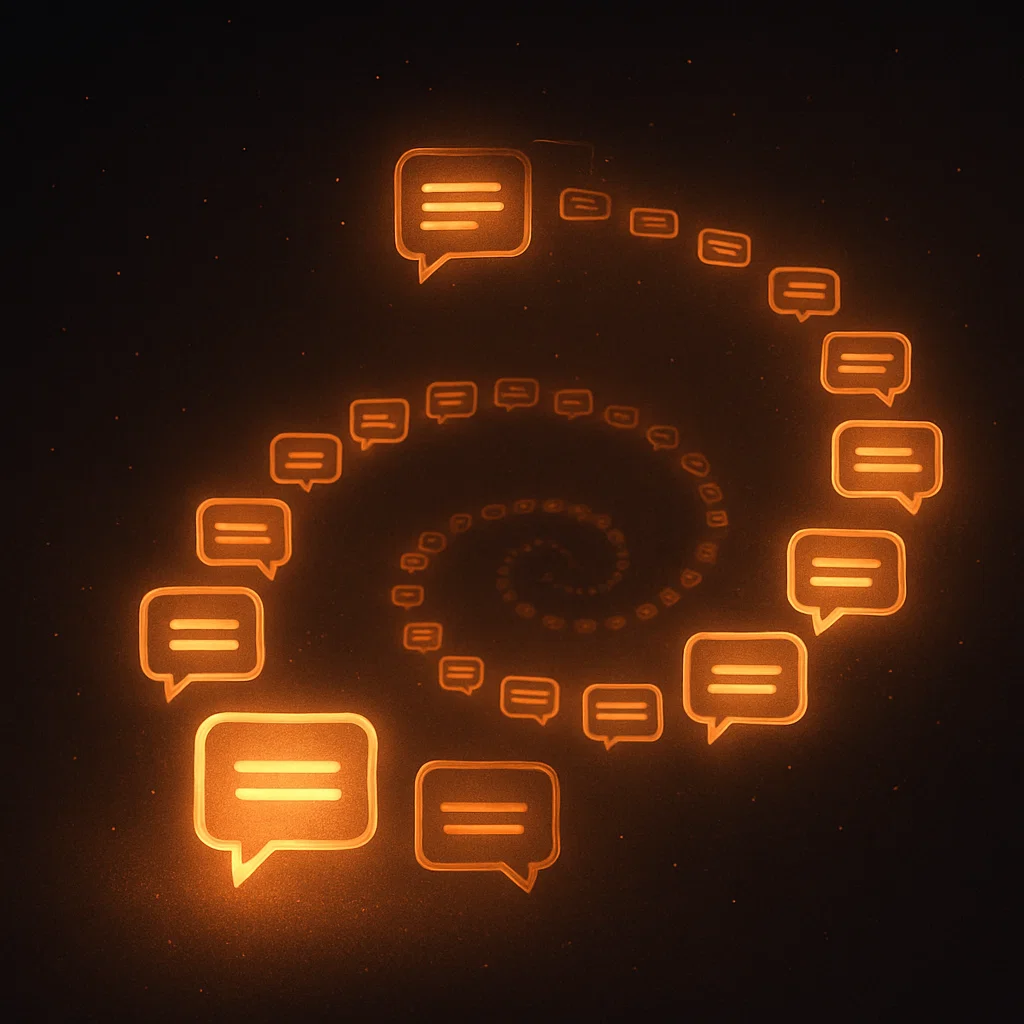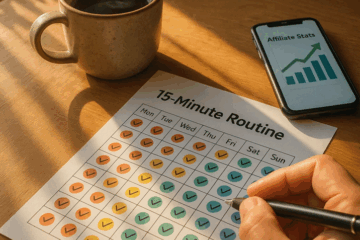
Most people think retargeting requires money. They imagine pixels, ad budgets, and complicated dashboards. But the truth is, retargeting can happen without paying for a single click.
If you know how to use email and content sequencing, you can bring cold leads back, rebuild trust, and guide them naturally toward a purchase, no paid ads required.
This is the power of strategic communication. You can retarget minds, not just screens.
What Retargeting Really Means
At its core, retargeting is simply reminding people why they were interested in the first place.
Maybe they visited your site, read your post, or joined your list but never followed through.
Traditional advertisers use pixels to follow them across the web. You’ll do it with words, timing, and value.
When done right, organic retargeting through email and content feels personal, authentic, and far less intrusive than paid ads.
The Foundation: Segmentation and Timing
Before you start writing, you need to know who you’re talking to and where they are in their journey.
Create simple segments:
- People who clicked your links but didn’t buy
- Subscribers who opened emails but never engaged further
- Readers who visited specific articles but never joined your list
Each group tells you a story about interest without action. Your job is to close that loop, to give them a reason to take the next step.
Once segmented, the secret is timing. Retarget too soon, and it feels pushy. Wait too long, and they forget you.
A good rhythm for most sequences is 3 to 7 days between touches. Enough space for curiosity to grow, but close enough to stay top of mind.
Step 1: Retarget Through Value-Driven Content
Your first message shouldn’t sell. It should serve.
Send something that helps them understand their problem better or reawakens their original motivation.
For example, if someone downloaded a free affiliate checklist but never took action, send a short follow-up like:
“Hey, I noticed you grabbed the checklist last week. If you haven’t started yet, this 3-minute video shows exactly how I use it to plan my week.”
This message does two things. It provides immediate value, and it reopens a conversation that felt finished.
Pair this with content that builds trust, short blog posts, quick tutorials, or even short stories about your own journey. Each touchpoint should remind them you’re real and invested in their success.
Step 2: The Follow-Up Story Sequence
Once you’ve re-engaged them, shift gears. People remember stories more than pitches.
Build a mini-series that unfolds across 3 to 5 emails. Each one should flow naturally into the next, almost like chapters in a short book.
Example structure:
- The Realization — a story about when you discovered the problem they’re facing.
- The Struggle — share the mistake or failure that made you look for a better way.
- The Turning Point — reveal the solution that changed everything.
- The Proof — share a small win, testimonial, or data point.
- The Invitation — offer them a next step or link to your product.
By the time they reach the final email, your readers already feel emotionally invested. You’ve earned the right to recommend, not just promote.
Step 3: Use Content Sequencing to Amplify Trust
Email gets attention, but content keeps attention.
Once you’ve reactivated your audience, guide them through a curated content path that deepens belief.
A simple 3-step content sequence looks like this:
- Problem Post: A blog or video that clearly defines the pain point.
- Process Post: A walkthrough that shows part of the solution.
- Proof Post: A story or case study showing it actually works.
Each piece links to the next, gently guiding readers through a trust-building funnel without hard selling.
This sequencing creates what marketers call cognitive momentum, each piece of content answers one question while naturally creating the next.
Step 4: Combine Behavioral Triggers
Modern email tools make it easy to personalize your retargeting automatically.
Set up small triggers such as:
- Clicked but didn’t buy: Send a follow-up that dives deeper into benefits.
- Opened but didn’t click: Send a curiosity-based subject line or short video.
- Inactive for 7 days: Send a “Still interested?” message with helpful links.
Behavioral retargeting feels personal because it reacts to real engagement, not assumptions. You’re simply continuing a conversation that already started.
Step 5: End with Re-Engagement Offers
After several value touches, it’s time to give them something to act on.
This doesn’t mean a hard push. Instead, offer a soft commitment, something small but meaningful, like:
- A free resource
- A mini training video
- A limited-time bonus
The key is that it feels like a continuation of your relationship, not a reset. You’re rewarding their attention, not buying it.
The Psychology Behind Non-Paid Retargeting
Why does this method work so well? Because it respects autonomy.
People hate being followed by ads, but they love being understood. When your emails and content reflect their real journey, they feel seen.
You’re speaking to memory, not algorithms. Every message gently reminds them, “Hey, you started this for a reason. Let’s finish it.”
This sense of continuity builds deep emotional connection, the foundation of every high-performing affiliate relationship.
What You’ll Notice After 30 Days
Once you begin using email and content sequencing for organic retargeting, you’ll see a few clear changes:
- More replies and engagement from subscribers you thought were “dead”
- Higher open and click rates from segmented audiences
- Increased conversions without a cent spent on ads
But most importantly, you’ll see your audience viewing you differently, as a guide, not a marketer.
That perception shift is where long-term loyalty begins.
Visit our Google Site here and see what is possible (No Opt-in).


